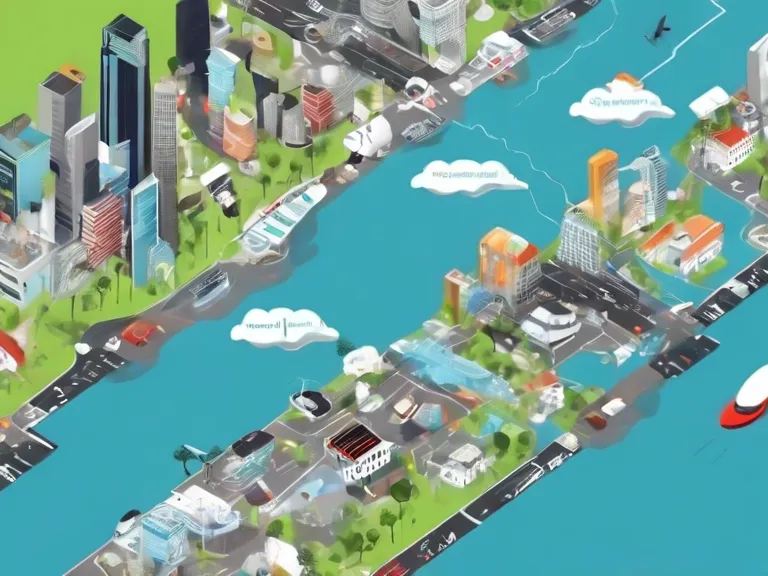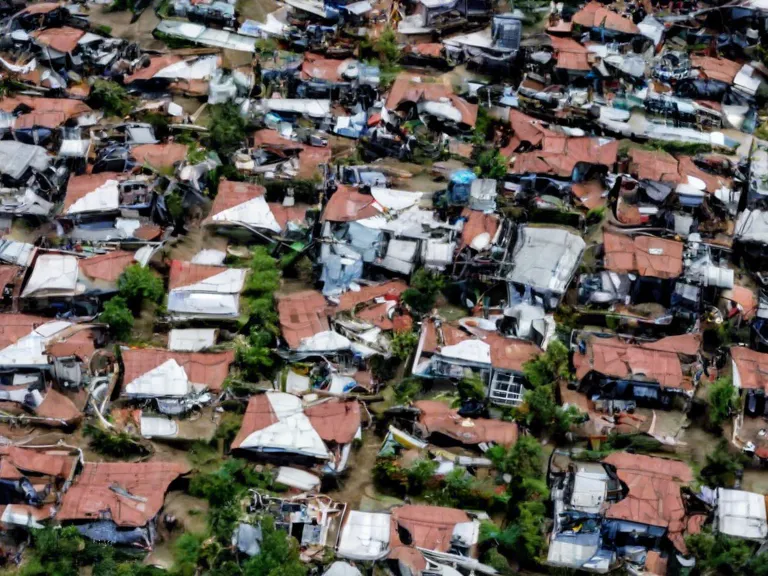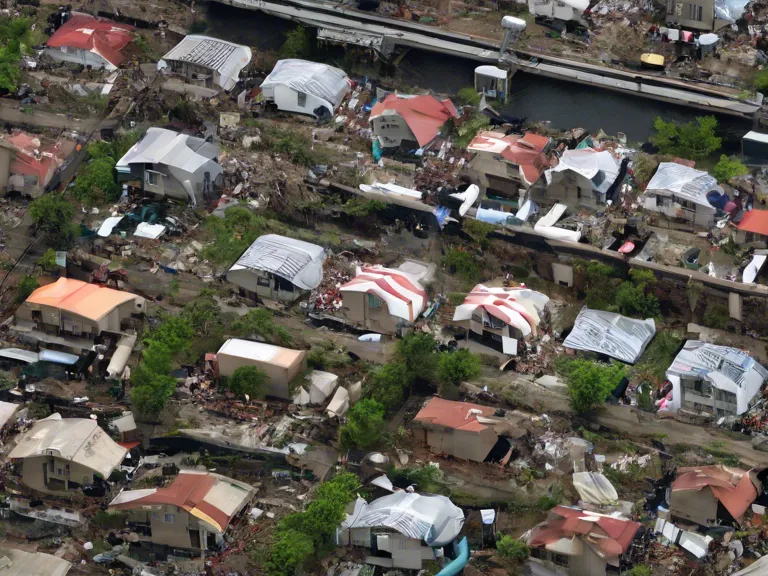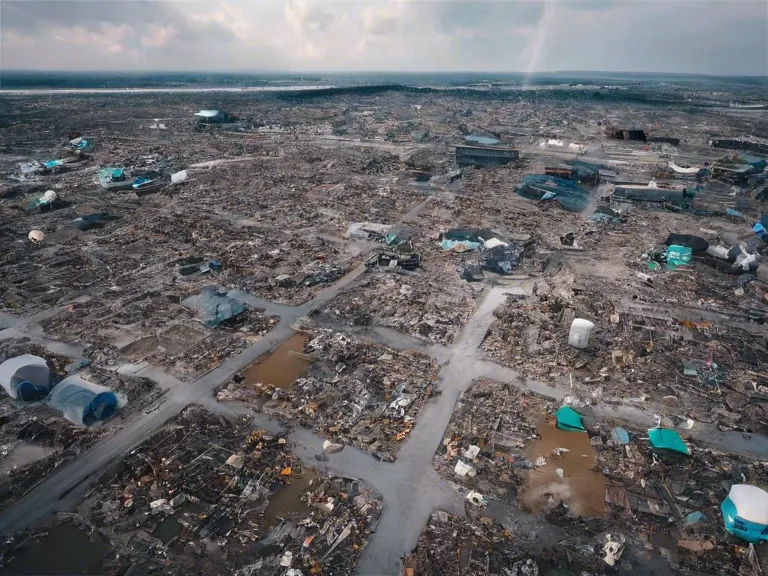
With the increasing frequency and intensity of natural disasters around the world, innovative technologies are playing a crucial role in shaping the future of disaster management. From early warning systems to drones for search and rescue operations, these emerging technologies are transforming how we prepare for and respond to disasters.
One of the key technologies driving advances in disaster management is artificial intelligence (AI). AI can analyze large amounts of data from various sources to predict disasters more accurately and help emergency responders allocate resources more effectively. Machine learning algorithms are being used to improve early warning systems for hurricanes, tsunamis, and other natural disasters.
Another technology making a significant impact is blockchain. Blockchain technology can enhance the transparency and security of aid distribution during disasters, ensuring that resources reach those in need without any intermediaries siphoning off supplies. By using blockchain, organizations can track and verify transactions in real-time, making relief efforts more efficient and accountable.
Virtual reality (VR) and augmented reality (AR) are also being leveraged in disaster management for training purposes. Emergency responders can train in realistic simulations using VR and AR, preparing them for various disaster scenarios without putting themselves at risk. These technologies can also be used to educate the public about disaster preparedness and evacuation procedures.
Drones have become indispensable tools in disaster response operations. Drones equipped with cameras and sensors can quickly assess damage, identify survivors in remote areas, and deliver supplies to hard-to-reach locations. In addition, drones can help emergency teams map out affected areas and plan rescue missions more effectively.
Overall, these emerging technologies are revolutionizing disaster management and helping to save lives during times of crisis. By harnessing the power of AI, blockchain, VR, AR, and drones, organizations are better equipped to respond to disasters with speed, precision, and efficiency.



